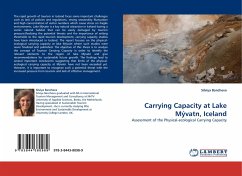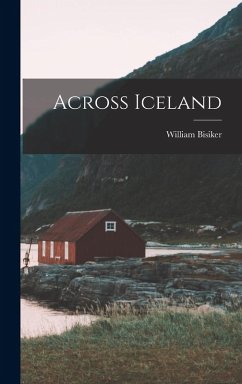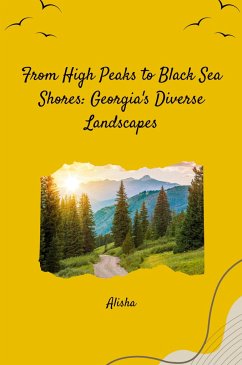
Glaciers of Iceland
Versandkostenfrei!
Versandfertig in 6-10 Tagen
23,99 €
inkl. MwSt.

PAYBACK Punkte
12 °P sammeln!
High Quality Content by WIKIPEDIA articles! The glaciers of Iceland cover 11.1% of the land area of the country about 11,400 km² out of the total area of 103,125 km² and have a considerable impact on its landscape.Many Icelandic glaciers lie above volcanoes, such as Grímsvötn and Bárðarbunga, which lie under the largest glacier, Vatnajökull. The caldera of Grímsvötn is 100 km² in area, and Bárðarbungu is 60 km². When volcanic activity occurs under the glacier, the resulting meltwater can lead to a sudden glacial lake outburst flood, known in Icelandic as jökulhlaup, but jökulhla...
High Quality Content by WIKIPEDIA articles! The glaciers of Iceland cover 11.1% of the land area of the country about 11,400 km² out of the total area of 103,125 km² and have a considerable impact on its landscape.Many Icelandic glaciers lie above volcanoes, such as Grímsvötn and Bárðarbunga, which lie under the largest glacier, Vatnajökull. The caldera of Grímsvötn is 100 km² in area, and Bárðarbungu is 60 km². When volcanic activity occurs under the glacier, the resulting meltwater can lead to a sudden glacial lake outburst flood, known in Icelandic as jökulhlaup, but jökulhlaups are most often caused by accumulation of meltwater due to geothermal activity underneath the glacier. Such Jökulhlaups have occasionally triggered volcanic eruptions through the sudden release of pressure. The Icelandic word for glacier is jökull.












